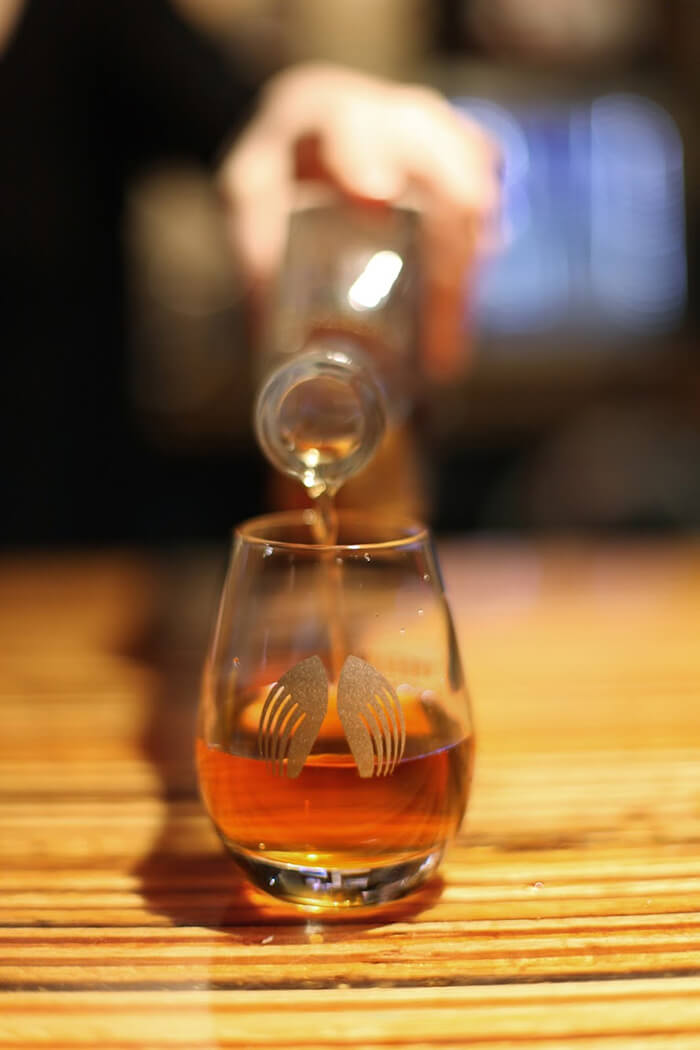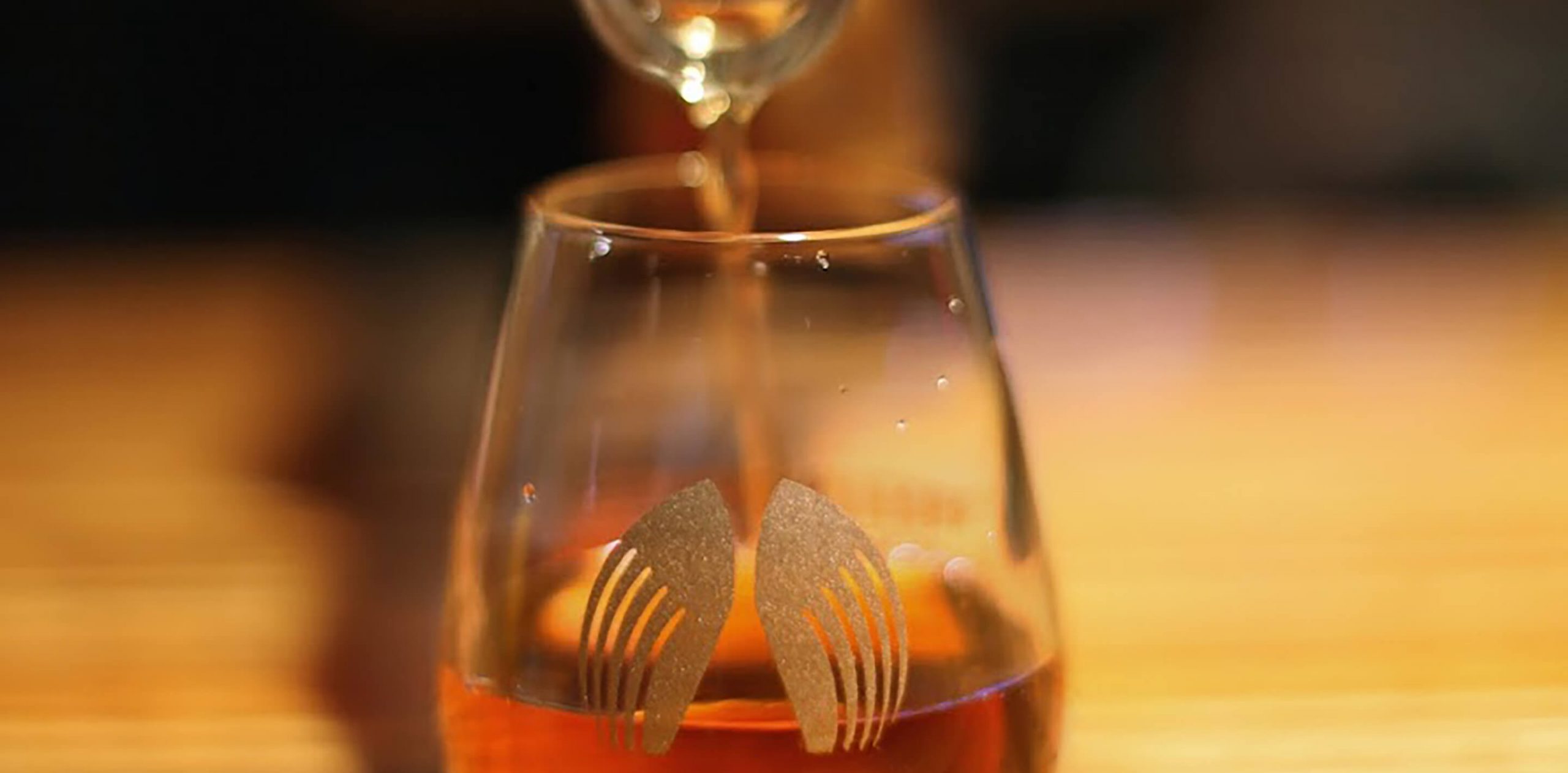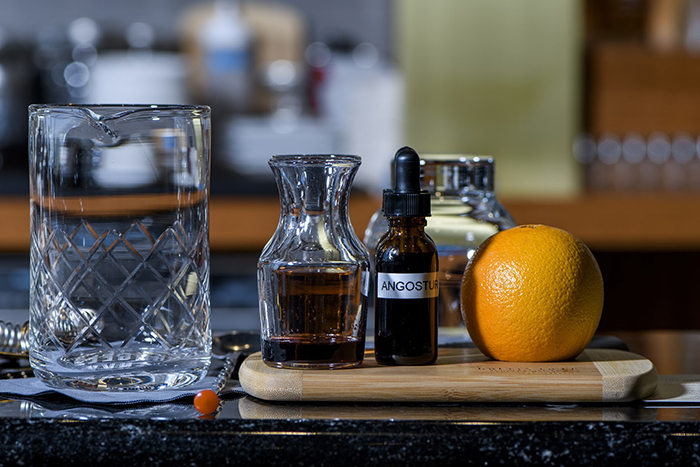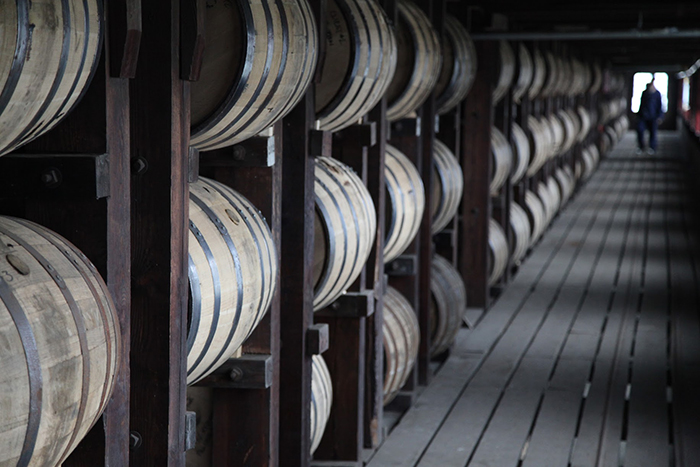The old whiskey pros probably know all about this, but occasionally there’s someone new to bourbon and whiskey, and we’re all for inclusion. So it’s worth explaining the multi-pour. Let’s say you’re at a well-regarded whiskey bar, and it’s the kind of place that doesn’t just have a top shelf selection, they’ve got the old-shelf too—whiskeys that just aren’t made anymore. Maybe they’ve even got that dusty bottle of prohibition era hooch that goes for about a half-month’s rent per pour. We get out a lot. We’ve seen it.

Anyway, you order a hard-to-find cask strength (ours, for example) or a rare old pour of something ancient and fine—we won’t judge. We want our fans to have an opinion on all the great whiskeys. But rather than giving you a single pour, the bartender pours a little, straightens up the bottle, tips in a little more, and maybe even does it a third or fourth time. Is this a rooky move? Are they trying to cheat you out of your two ounces, or are they giving you a little extra because you’re awesome?
No, no and sadly also no. They’re professionals who care more about their rare collections than you might expect. These folks are pros. Just talk to them. Most bartenders who work in whiskey-centric bars are incredibly knowledgeable folks who are invested in their patrons and their establishment’s collections. If you’re new to whiskey and bourbon, we highly recommend that you trust the bartender of a good whiskey bar. They’re smart people who could be doing a lot of other things, but they’ve decided to curate a massive selection of whiskeys, so please listen to them. But why the multi-pour, then?
Many bourbons, particularly those that aren’t chill-filtered (like ANGEL’S ENVY), will contain suspended solids, or particulates. These minuscule flakes of woodgrain from the barrels are usually imperceptible—but some of us (not everyone, there’s some healthy debate) think that they contain flavors essential to a whiskey’s character. By pouring the bourbon in stages, and righting the bottle each time, the bartender is actually creating a more even distribution of these particulates within the bottle, ensuring that each sip you take is closer to what the distiller actually intended. You don’t see it everywhere, but it’s something to look out for. When you see a bartender multi-pour, they typically know their whiskey.






